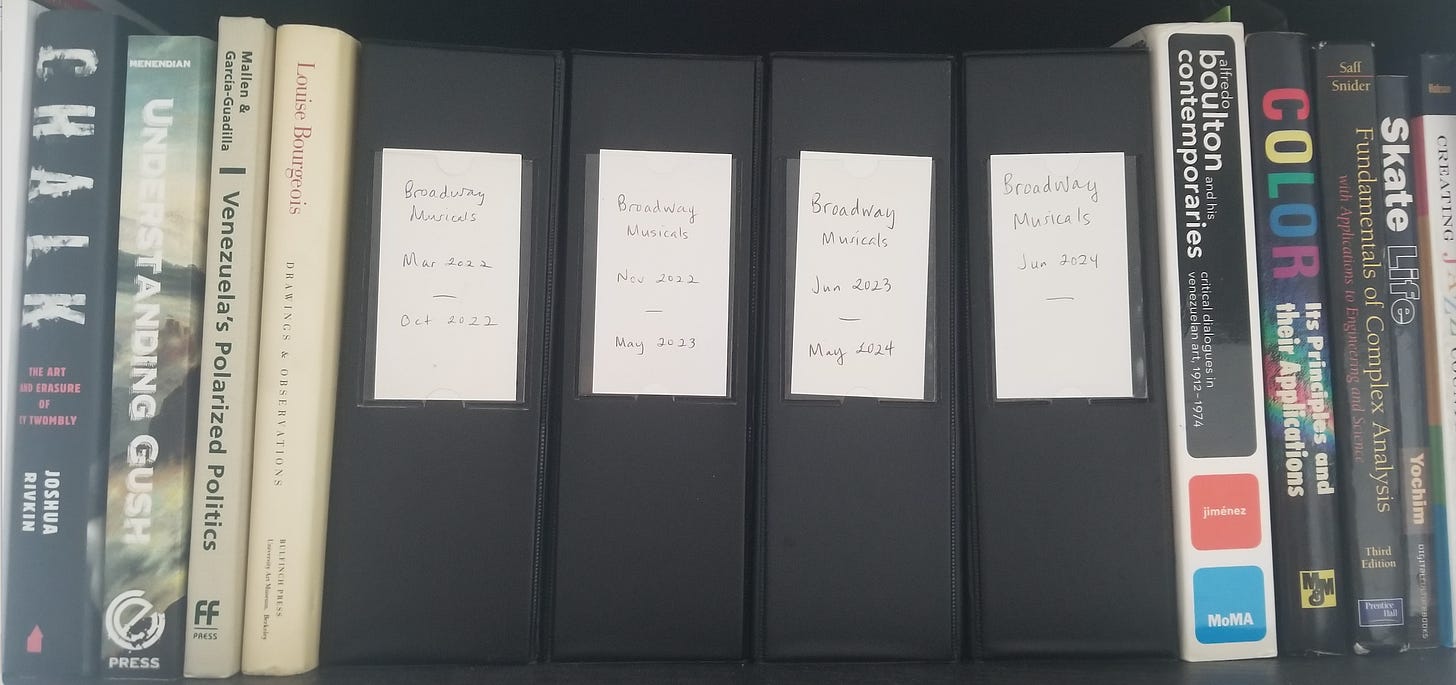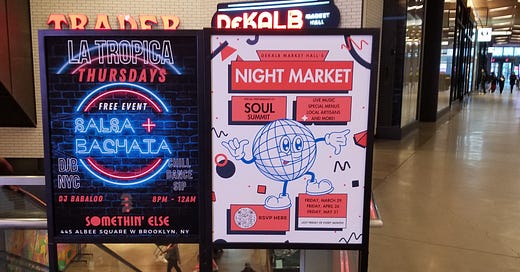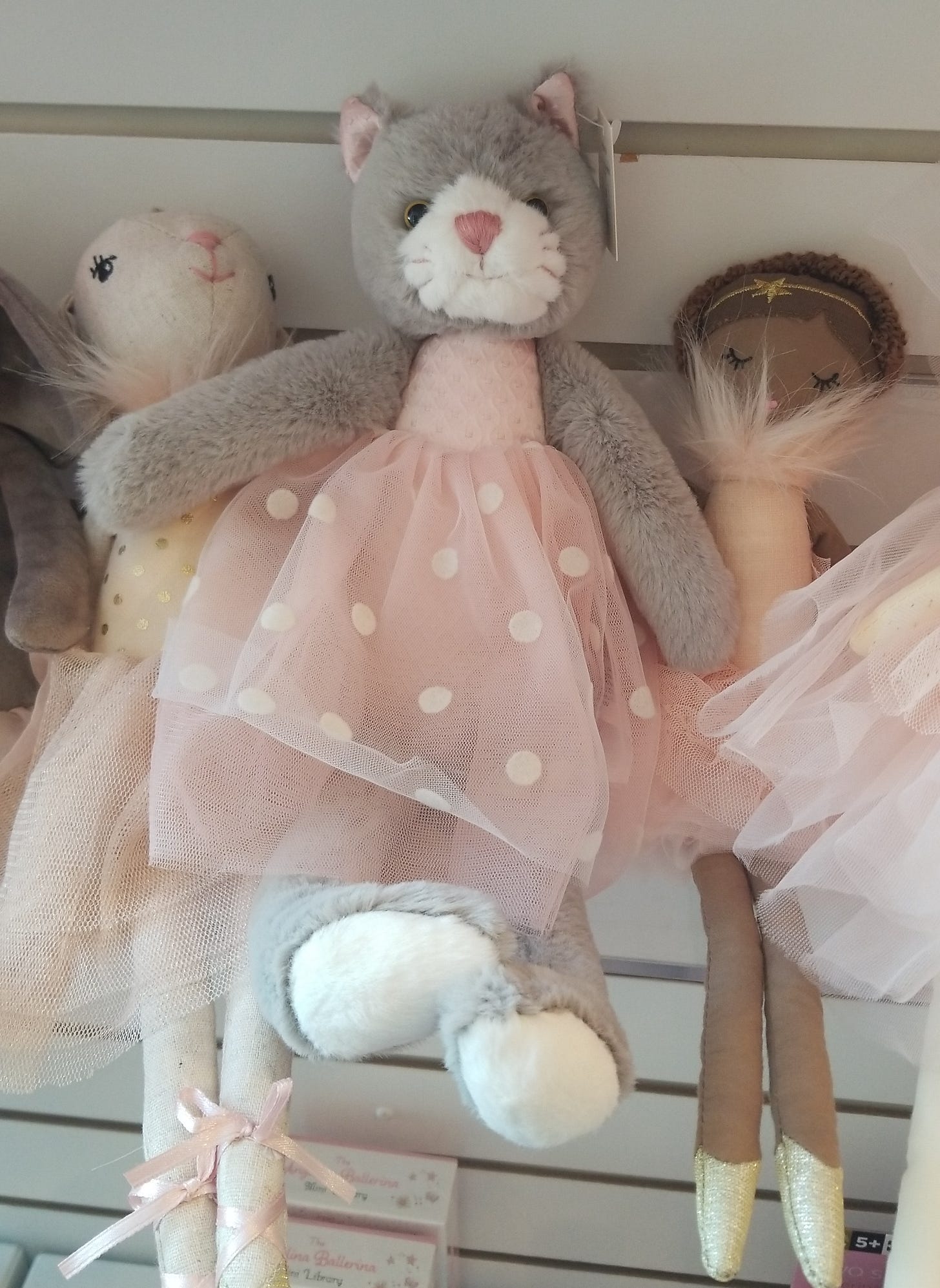The Process of Finding Events
The challenges and rituals of researching events for the Blankman List
I usually feel weird talking about the Blankman List in social settings. I spend enough hours working on this list on my own time. No need to infringe on others’ time, too!
Sometimes, however, I’m grateful when it comes up. For better or worse, it’s a reminder that people do actually read and use the list. It raises the stakes. The right event at the right time can solve problems like what to do when a visitor is in town or how to break a rut after a long stretch spent at home. On the other hand, the wrong event can be heartbreaking, not just for the attendee, but also for me if I find out. It’s one thing to make an imperfect list; it’s another to waste another person’s time and money.
My friend S. was visiting from out of the country and mentioned he was going to an event that he learned about from one of my lists. I cringe remembering my gut reaction, which I kept to myself: “uh, oh . . . I think I was just trying to make sure that day was covered and am worried that it sounds more interesting than it really is.” I bit my tongue and remembered that everyone is different. After all, I’ve been to plenty of events that others loved it but I didn’t
I saw him a few days afterward. The event was “kind of a bust,” he said. It was out of the way, oriented more towards family than adults, and didn’t actually require the ticket he had already paid for. Shit. I remembered my gut reaction and felt partly responsible. I apologized and privately vowed to be more diligent about what to include in these lists.

Researching Events
People have occasionally asked about the process of finding events. It’s fun, but there’s no denying that it’s difficult, at least for me. I am not just regurgitating another list out there. I look across many sites and curate events that span genres, boroughs, price points, and cover every day of an entire month. I look beyond my own interests. I seek both “low art” and “high art” and am as likely to consider a hardcore punk concert as a poetry banquet.
The closest comparisons—outside of Substack, at least—made by organizations like Time Out and Secret NYC, are often riddled with sponsored listings, vague events (“head to the beach!”), and AI-generated drivel. I’m not surprised, given that my process is arduous:
I have saved bookmarks for several hundred calendars and event websites.
I take photos of event advertisements that I pass by.
I have a throwaway email address signed up for a gazillion online newsletters.
I grab assorted flyers and promos I see scattered around the city.
Friends and event organizers occasionally send recommendations my way.
I have reached out directly to people and venues, asking about upcoming events.
I still use ordinary Google searches to fill in gaps, though I’ll comment that results can sometimes be hard to sort through. Search savvy and familiarity with NYC help to distinguish a high-quality event from smoke, mirrors, and paid ads—and I still mess it up sometimes.
Finalizing the Monthly List
At some point, I have a few dozen events drafted out, and I switch from research mode into editorial mode. If an event is sold out, I cut it. If I have a day with no event, I research something to include. For each event, I look for a website, description, date, time, location, and cost. Sometimes I actually call a person for information, which is saying a lot in this era of please-text-before-calling. I have cut events because after several minutes of research, I can’t even figure out what it is. (The worst culprits use words like “immersive” and “experience.”)
The process forces me to learn deeply what’s happening around the city. Not perfectly, mind you; there is simply too much. But I go down the rabbit holes of many different scenes, occasionally stumbling on hot-ticket events on the verge of selling out. Once, when constructing the February 2024 list, I came across Bigfoot, the Musical with literal minutes left to get a ticket. Every time I refreshed the page, another tier of tickets was gone. It was an extraordinary find:
Every cast member was either a celebrity or Broadway legend.
The event had an eye-catching title and seemed genuinely compelling.
Selfishly, it occurred on the first week of the month, meaning it would be visible to non-subscribers previewing the list.
Alas, I stuck to my commitment of not listing sold out shows, though I did have an urgent conversation with my husband on whether we wanted to warp an upcoming Monday night around attending.
Sometimes, it seems like everything is in place. Event found. Information gathered. Tickets available. But then . . . do I really recommend this event? I am but one human being with my own tastes. The list includes plenty of events that aren’t for me—most in fact—knowing that you, my readers, have your own tastes too. Sometimes I double-check the résumés of those involved or look for online reviews or previews. Even if it’s not for me, I strive for it to be good quality. As I noted in my intro, however, I still don’t always get it right!
In the end, it’s a subjective push and pull. That weekend seems light on events. . . . I really didn’t enjoy listening to that artist. . . . At some point, I must simply make the list live and move on with my life.
Attending the Event
Invariably, I end up attending attending an event or two myself every month. I spend so much time researching options; how can I not?! For June, it was the ballet Woolf Works. Truth be told, I went in not knowing much about Virginia Woolf or even ballet but, despite the New York Times’ unflattering review, loved it. More than loved it, in fact; I was transfixed. That performance unearthed a love of ballet that I didn’t even know I had.
After Woolf Works, I went back to see Romeo & Juliet and Like Water for Chocolate with the American Ballet Theatre, along with the dance musical Illinoise—twice. And this is what in my view makes New York City so special. If you want to engage with art and culture, you can. And you can do it at the highest level with some of the objectively best institutions in the world for everything. Interested in ballet? Grab a $35 rush ticket to see Romeo & Juliet performed at the Metropolitan Opera House.
As of this writing, I’ve already checked off an event to see from the July 2024 list. I went to 54 Sings Beyoncé, an hourlong cabaret of musical theater singers performing songs from Beyoncé’s catalog. The hour flew by, and more than a week later, I still have “Naughty Girl” occasionally stuck in my brain, thanks to Olivia Hardy’s mesmerizing rendition.
There’s a ritual, too, when I get home. If I have a physical event program and/or ticket, I enshrine them. Event programs are placed in plastic archival sleeves, and I write on a sticker the date, time, and whom I was with. Broadway musical playbills are an exception, which are placed into binders and displayed chronologically on a bookshelf. The tickets go into a shoebox filled with categorized plastic bags (“movies,” “concerts,” “sports,” “art,” “plays,” “musical theater,” “other”), and then once in a while, I pull out a few and make a page in an ongoing ticket scrapbook.

I feel some amount of vulnerability sharing this, as I recognize that these ephemera will not outlast me. It’s all a little bit wasteful and probably not fit for a cramped NYC apartment. I have no idea where my Broadway musical binders will go a decade from now if my theater attendance keeps up its current pace.
Yet there’s no denying the joy these scraps of paper bring me. When leafing through my programs and tickets, I remember places I’ve long forgotten and people I’ve lost touch with. I’m surprised by which shows have and haven’t stuck with me, and I briefly relive music that I haven’t listened to in years. I lean more towards “experiences,” not “things,” but I’m grateful to have a few magical binders of things that can relive a lifetime of experiences.




That was fascinating! You put so much time and effort into this! Thank you!